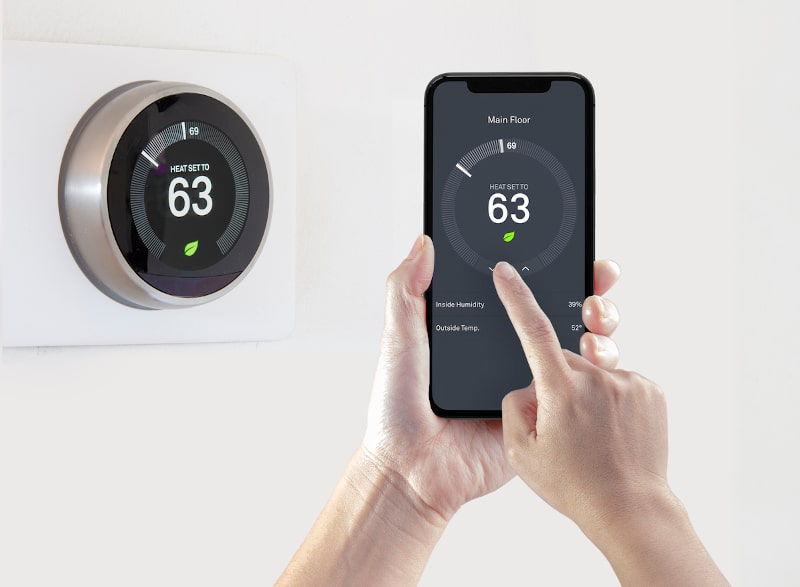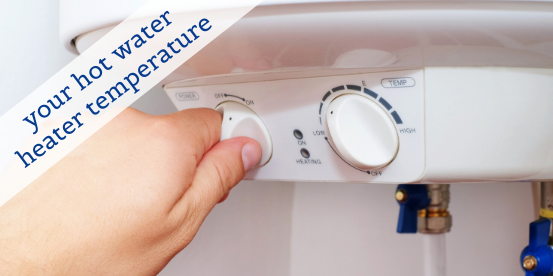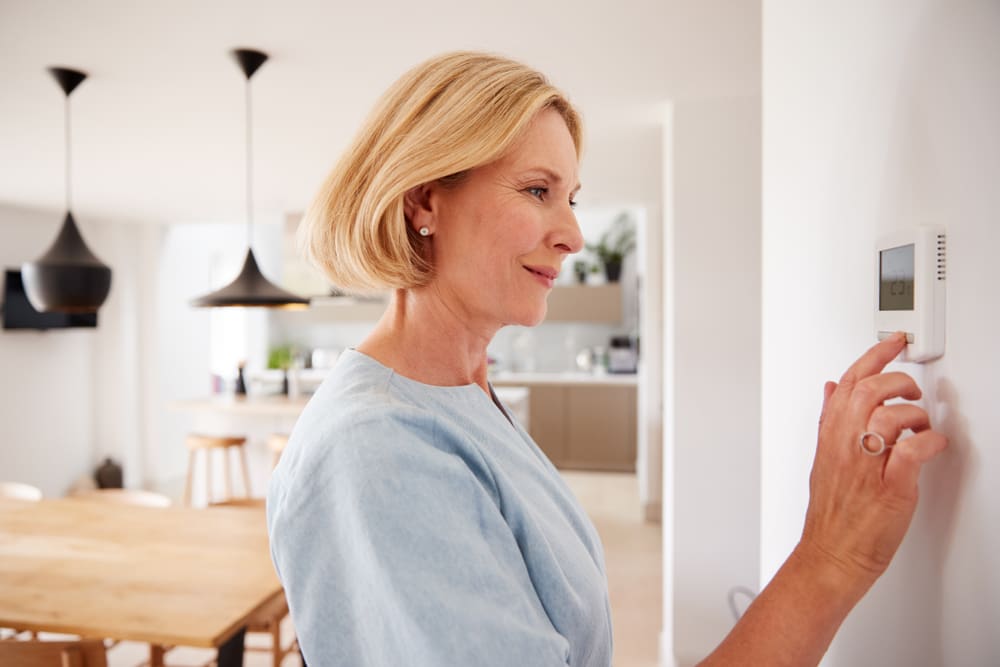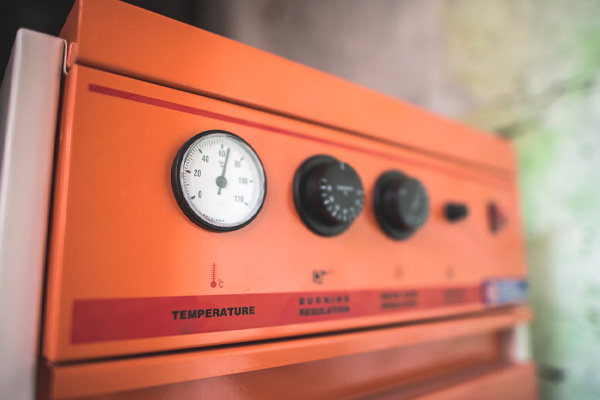What Temperature Should I Set My Heat To

Finding Your Perfect Temperature: A Homeowner's Guide to Setting Your Thermostat
Setting the right temperature on your thermostat might seem simple, but it's a balancing act between comfort, energy efficiency, and the health of your HVAC system. As an HVAC service professional, I've seen firsthand how different settings can impact everything from your energy bills to the lifespan of your furnace or heat pump. This guide will walk you through the factors to consider, offer practical tips, and help you decide on the ideal temperature for your home, even addressing some troubleshooting scenarios.
Understanding the Factors That Influence Your Choice
Several things influence what temperature you should set your thermostat to. Don't make the mistake of assuming there's a 'one-size-fits-all' temperature. Each home and family is unique.
- Personal Comfort: This is the most obvious factor. Some people are naturally more sensitive to cold or heat.
- Energy Efficiency: Lowering your thermostat in winter and raising it in summer can significantly reduce your energy consumption.
- Health Considerations: Certain medical conditions or the presence of infants or elderly family members may require a more consistent and warmer temperature.
- Home Construction and Insulation: Older homes with poor insulation will require more energy to maintain a set temperature.
- Climate: Geographical location and typical weather patterns will greatly impact your heating needs.
- HVAC System Type: The type of heating system you have (furnace, heat pump, electric resistance) affects efficiency at different temperatures.
The Recommended Temperature Ranges
While personal preference rules the day, here's a general guideline for energy-efficient and comfortable thermostat settings:
- Winter (When Home): 68-72°F (20-22°C)
- Winter (When Away/Sleeping): 62-66°F (17-19°C) – a drop of 7-10°F is often recommended for savings.
- Summer (When Home): 75-78°F (24-26°C)
- Summer (When Away): 80-85°F (27-29°C) – again, a similar increase can lead to savings.
These are just starting points. Experiment within these ranges to find what works best for *your* home.
Programmable Thermostats: Your Energy-Saving Ally
A programmable thermostat is a smart investment. These thermostats allow you to set different temperatures for different times of the day and days of the week. This eliminates the need to manually adjust the thermostat constantly and ensures you're only heating or cooling your home when needed.
Setting up a Programmable Thermostat:
- Read the Manual: Each thermostat model is different. Familiarize yourself with the programming instructions.
- Establish a Schedule: Think about your daily routine. When are you typically home? When are you away?
- Set Back Temperatures: Program the thermostat to lower the temperature when you're asleep or away from home.
- Override Function: Make sure you understand how to manually override the programmed settings if needed.
Troubleshooting Common Temperature Control Issues
Sometimes, even with the right thermostat setting, you might experience issues. Here are a few common problems and potential DIY solutions:
- Problem: Uneven Heating/Cooling: Some rooms are warmer or cooler than others.
- Possible Cause: Closed vents, blocked radiators, poor insulation.
- DIY Solution: Open vents in affected rooms, ensure furniture isn't blocking radiators, check insulation in walls and attic. Consider a duct booster fan for rooms far from the furnace.
- When to Call a Pro: If the problem persists after trying these steps, your ductwork might need inspection or your HVAC system might be improperly sized.
- Problem: Thermostat Not Responding: The thermostat doesn't seem to be controlling the HVAC system.
- Possible Cause: Dead batteries, loose wiring, faulty thermostat.
- DIY Solution: Replace the batteries. Carefully inspect the wiring for loose connections (turn off the power to the unit first!).
- When to Call a Pro: If replacing the batteries or checking the wiring doesn't resolve the issue, the thermostat itself may be faulty and require replacement by a qualified technician. A new thermostat installation can range from $150-$400, depending on the type.
- Problem: High Energy Bills: Your energy bills are unusually high, despite what seems like normal thermostat settings.
- Possible Cause: Air leaks, poor insulation, inefficient HVAC system.
- DIY Solution: Seal air leaks around windows and doors with caulk or weather stripping. Add insulation to your attic and walls.
- When to Call a Pro: If your HVAC system is old (15+ years), it might be time for a replacement. An HVAC technician can perform an energy audit to identify areas where your home is losing energy and recommend solutions. A new furnace can cost between $3,000 and $7,000, while a new air conditioner can range from $3,500 to $8,000, depending on the size and efficiency.
- Problem: Furnace/AC Short Cycling: The system turns on and off frequently in short bursts.
- Possible Cause: Dirty air filter, oversized system, refrigerant leak.
- DIY Solution: Replace the air filter. Make sure it's the correct size for your unit.
- When to Call a Pro: Short cycling can damage your HVAC system. Call a professional to diagnose the underlying cause, which may be related to refrigerant or system sizing. Refrigerant leaks and refills can range from $200-$800.
DIY Maintenance for Optimal Performance
Regular maintenance can help prevent problems and ensure your HVAC system is running efficiently. Here are a few DIY tasks you can perform:
- Change Air Filters Regularly: This is the most important maintenance task. A dirty air filter restricts airflow and forces your system to work harder. Change the filter every 1-3 months, or more frequently if you have pets or allergies.
- Clean Vents and Registers: Dust and debris can accumulate in vents and registers, reducing airflow. Vacuum them regularly.
- Clear Outdoor Unit: Keep the area around your outdoor AC unit free of debris, such as leaves, branches, and snow.
- Check for Leaks: Inspect the area around your indoor and outdoor units for any signs of leaks.
Safety First!
Working with HVAC systems involves electricity and potentially dangerous components. Always follow these safety precautions:
- Turn Off the Power: Before working on any electrical components, turn off the power to the unit at the circuit breaker.
- Wear Protective Gear: Wear safety glasses and gloves when handling HVAC components.
- Read the Manual: Consult the manufacturer's instructions before attempting any repairs.
When to Call a Professional HVAC Technician:
While some maintenance tasks can be performed by homeowners, certain repairs require the expertise of a qualified HVAC technician. Never attempt repairs involving refrigerant, gas lines, or complex electrical components. Call a professional if you encounter any of the following:
- Refrigerant leaks
- Gas leaks
- Electrical problems
- Major component failures (e.g., compressor, heat exchanger)
- Unusual noises or smells coming from the system
Trying to fix complicated issues yourself could damage your system or worse, result in injury. It's always best to err on the side of caution.
Parts and Tools for Basic Maintenance
Having these basic items on hand will help you keep your system running smoothly:
- Air filters (correct size for your system)
- Screwdrivers (Phillips and flathead)
- Wrench set
- Vacuum cleaner
- Caulk or weather stripping
- Multimeter (for basic electrical testing - *use with caution and proper knowledge!*)
Conclusion
Finding the right temperature setting for your home is a personal journey that involves balancing comfort, energy efficiency, and the health of your HVAC system. By understanding the factors that influence your choice, using a programmable thermostat, performing regular maintenance, and knowing when to call a professional, you can create a comfortable and energy-efficient home environment. Remember, your comfort and safety are paramount. Don't hesitate to seek professional help when needed. A well-maintained HVAC system will not only save you money on energy bills but also provide you with peace of mind knowing that your home is comfortable and safe throughout the year. Always prioritize safety and consult with a qualified HVAC technician for any complex repairs.
Disclaimer: This guide provides general information and should not be considered a substitute for professional advice. Always consult with a qualified HVAC technician for specific recommendations regarding your home and HVAC system.










